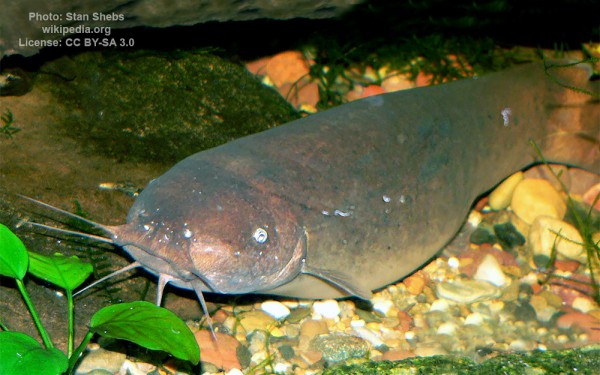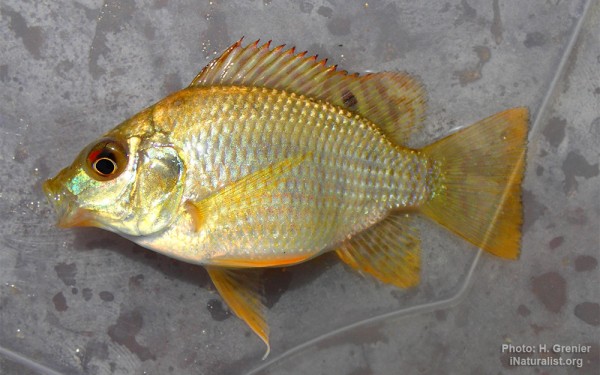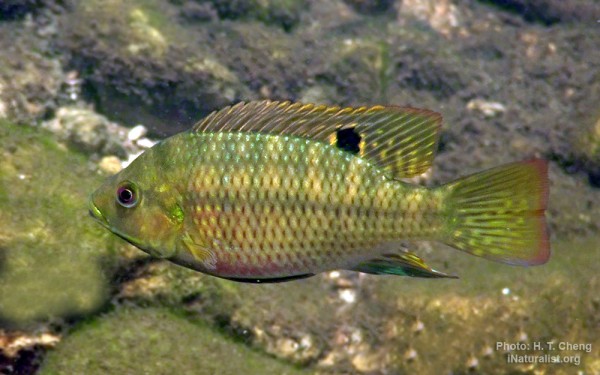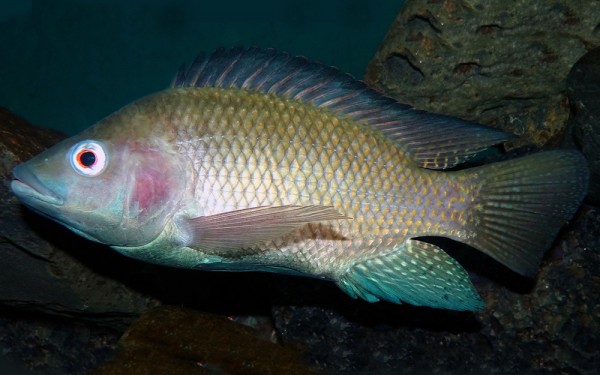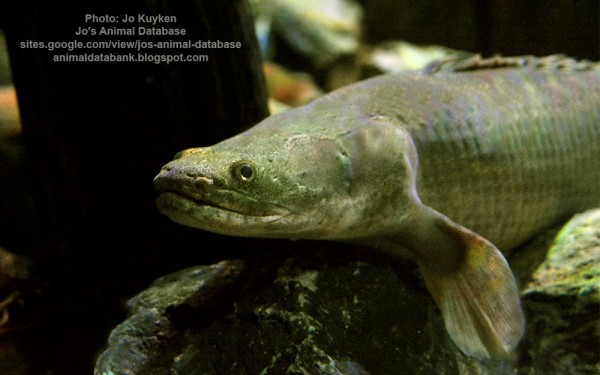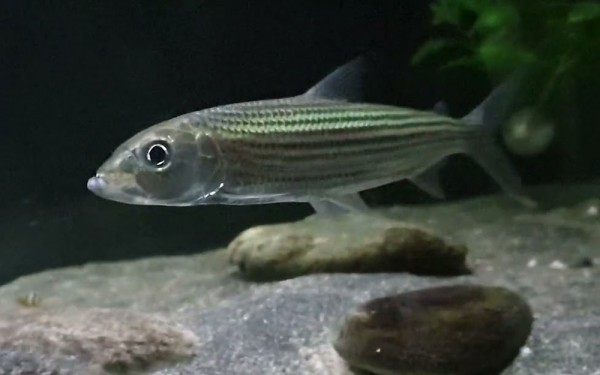Lake Turkana (Rudolf)

Largest tributaries
Perciformes - Perches
Siluriformes - Catfishes
Cichliformes - Cichlids
Polypteriformes - Bichirs
Characiformes - Characins
Perciformes - Perches
Siluriformes - Catfishes
Cichliformes - Cichlids
Polypteriformes - Bichirs
Characiformes - Characins
Perciformes - Perches
Siluriformes - Catfishes
Cichliformes - Cichlids
Polypteriformes - Bichirs
Characiformes - Characins
Lake Turkana, formerly known as Lake Rudolf, is a large saline endoreic lake in the Kenyan Rift Valley, in northern Kenya, with its far northern end crossing into Ethiopia.
It is the worlds largest permanent desert lake and the worlds largest alkaline lake. By volume it is the worlds fourth-largest salt lake after the Caspian Sea, Issyk-Kul, and Lake Van (passing the shrinking South Aral Sea), and among all lakes it ranks 24th.
Lake Turkana is now threatened by the construction of Gilgel Gibe III Dam in Ethiopia due to the damming of the Omo river which supplies most of the lakes water.
Although the lake commonly has been – and to some degree still is – used for drinking water, its salinity (slightly brackish) and very high levels of fluoride (much higher than in fluoridated water) generally make it unsuitable, and it has also been a source of diseases spread by contaminated water. Increasingly, communities on the lakes shores rely on underground springs for drinking water. The same characteristics that make it unsuitable for drinking limits its use in irrigation. The climate is hot and very dry.
The rocks of the surrounding area are predominantly volcanic. Central Island is an active volcano, emitting vapour. Outcrops and rocky shores are found on the east and south shores of the lake, while dunes, spits and flats are on the west and north, at a lower elevation.
On-shore and off-shore winds can be extremely strong, as the lake warms and cools more slowly than the land. Sudden, violent storms are frequent.
Three rivers (the Omo, Turkwel and Kerio) flow into the lake, but lacking outflow, its only water loss is by evaporation. Lake volume and dimensions are variable. For example, its level fell by 10 m (33 ft) between 1975 and 1993. Despite the lack of outflow, in ecology it is often regarded as a part of —or at least associated with— the Nile basin because of its prehistoric connection to this system and the similarities in their aquatic faunas.
Due to temperature (its surface water typically is 27–31 °C [81–88 °F] and the mean air temperature of the region generally is similar or slightly higher), aridity and geographic inaccessibility, the lake retains its wild character. Nile crocodiles are found in great abundance on the flats. The rocky shores are home to scorpions and carpet vipers. The lake is rich in fish and fishing is very important to the local economy, but this is threatened by falling water levels and overfishing.
Lake Turkana National Parks are now listed as a UNESCO World Heritage Site. Sibiloi National Park lies on the lakes eastern shore, while Central Island National Park and South Island National Park lie in the lake. Both are known for their Nile crocodiles.
An abundance of hominid fossils have been discovered in the area surrounding Lake Turkana.
Fish
Compared to other large African lakes, Turkana has relatively few fish species. The lake holds about 50 fish species, including 12 endemics: the cichlids Haplochromis macconneli, H. rudolfianus, H. turkanae and Hemichromis exsul, the barb Enteromius turkanae, the catfish Chrysichthys turkana, the robber tetras Brycinus ferox and B. minutus, the Rudolf lates Lates longispinis, the lampeyes Lacustricola jeanneli and Micropanchax rudolfianus, and the cyprinid Neobola stellae.[
Non-endemics include species such as Nile tilapia, mango tilapia, bichirs, the elephantfish Mormyrus kannume, African arowana, African knifefish, Distichodus niloticus, the Nile perch and numerous others. During the early Holocene, the water level of the lake was higher, and it overflowed into the Nile River, allowing fish and crocodiles access. Consequently, the non-endemic fishes in the lake are mainly riverine species of Nilotic origin. Some of the non-endemics do not breed in the lake, but migrate up the Omo River and other affluents to breed. The lake is heavily fished.
Birds
The Lake Turkana region is home to hundreds of species of birds native to Kenya. The East African Rift System also serves as a flyway for migrating birds, bringing in hundreds more. The birds are essentially supported by plankton masses in the lake, which also feed the fish.
Some birds more common to Turkana are the little stint, the wood sandpiper, and the common sandpiper. The African skimmer (Rhyncops flavirostris) nests in the banks of Central Island. The white-breasted cormorant (Phalacrocorax lucidus) ranges over the lake, as do many other waterbirds. The greater flamingo wades in its shallows. Heuglins bustard (Neotis heuglinii) is found in the east of the lake region.
Reptiles
The lake formerly contained Africas largest population of Nile crocodiles: 14,000, as estimated in a 1968 study by Alistair Graham.
The lake also has a large population of large water turtles, particularly in the area of Central Island. The Turkana mud turtle is endemic to the lake.


